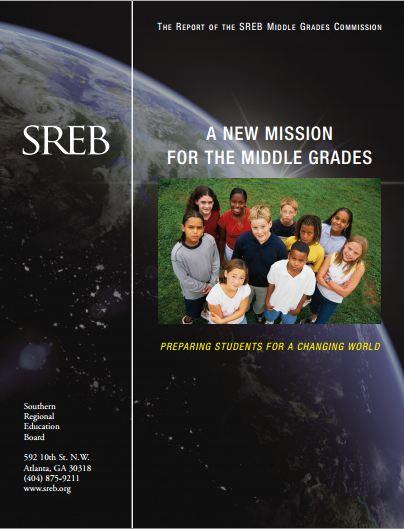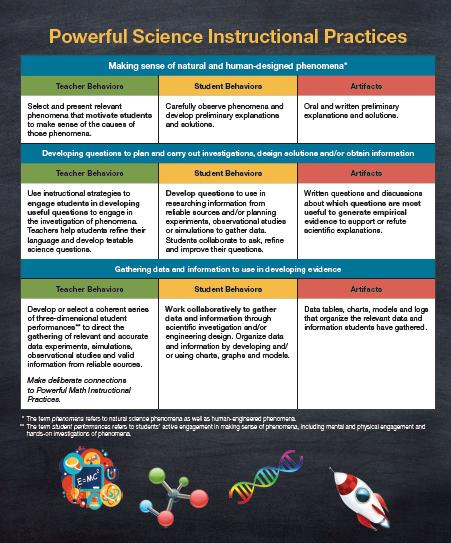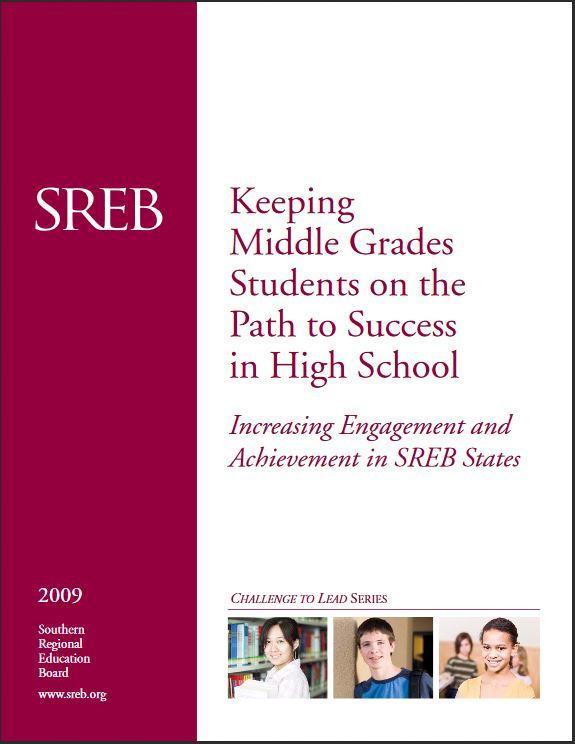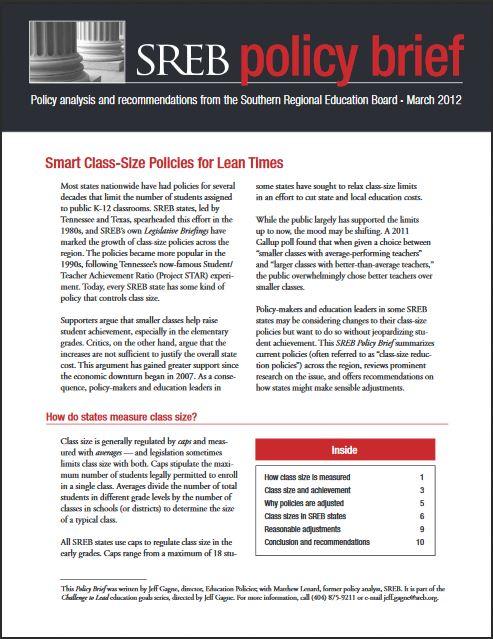Education Level: Middle Grades
Middle Grades
Grades 5-8
In early adolescence, interventions are critical to move students up the path to academic success and keep them from veering off course. No transition is more important than the often-difficult one from 8th to 9th grade.







